Home>Garden Essentials>Garden Plants>What To Do With Extra Thyme
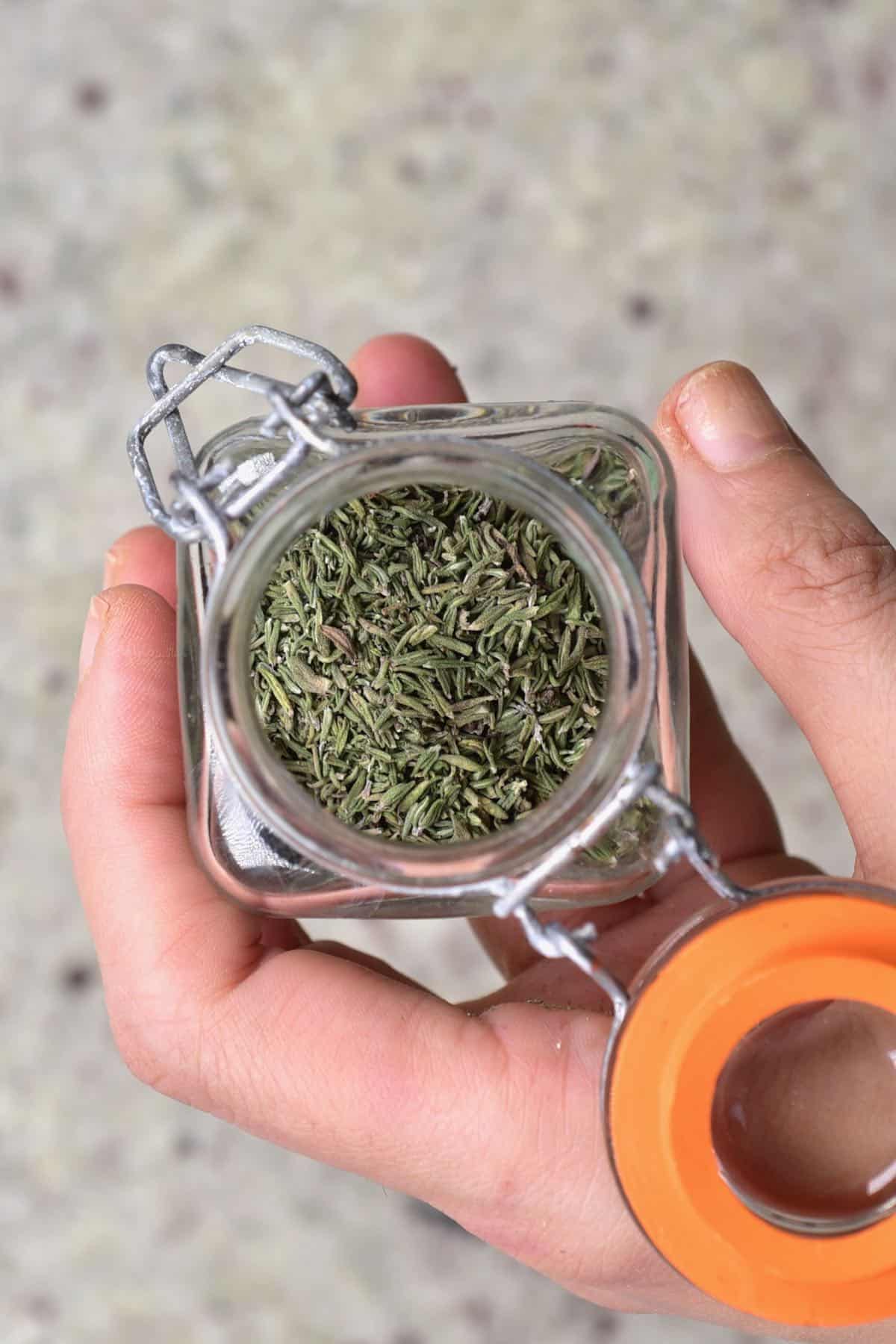

Garden Plants
What To Do With Extra Thyme
Modified: October 20, 2024
Looking for ideas on what to do with extra thyme? Discover creative uses for this versatile herb, from cooking and seasoning to DIY beauty products and natural remedies.
(Many of the links in this article redirect to a specific reviewed product. Your purchase of these products through affiliate links helps to generate commission for Storables.com, at no extra cost. Learn more)
Introduction
Thyme is a popular and versatile herb that is commonly used in cooking, but sometimes you end up with more thyme than you can use. Whether you’ve grown it in your garden or bought a large bunch at the market, finding ways to utilize extra thyme can be both practical and enjoyable.
In this article, we will explore creative and useful ways to make the most of your surplus thyme. From preserving it for future use to incorporating it into homemade products, there are plenty of options to explore. Let’s dive in and discover what to do with extra thyme!
Key Takeaways:
- Don’t let extra thyme go to waste! Freeze, infuse, and create to elevate your culinary and self-care experiences. Embrace the versatility of thyme and savor its delightful flavors in various creative ways.
- Share the goodness of thyme! Whether freezing for future use or donating to local food banks, make a difference in your community while enjoying the aromatic and flavorful benefits of this versatile herb.
Read more: What To Do With The Extra Carpet
Cooking with Extra Thyme
One of the most obvious and straightforward ways to make use of extra thyme is to incorporate it into your cooking. Thyme adds a delightful flavor and aroma to a wide range of dishes, making it a versatile herb to have on hand.
Here are some ideas for cooking with extra thyme:
- Flavor Roasted Vegetables: Toss mixed vegetables with olive oil, salt, pepper, and a generous amount of fresh thyme leaves. Roast in the oven until golden and tender.
- Add to Soups and Stews: Thyme pairs well with hearty soups and stews. Add a few sprigs or chopped thyme leaves to enhance the flavor of your favorite recipes.
- Create Herb-Roasted Chicken: Rub a whole chicken with a mixture of melted butter, minced garlic, salt, pepper, and fresh thyme leaves. Roast until the chicken is cooked through and the skin is crispy.
- Infuse Olive Oil: Place a few sprigs of fresh thyme in a bottle of extra virgin olive oil and let it infuse for a few days. Use the flavored oil in salad dressings or for drizzling over grilled meats and vegetables.
- Garnish Pasta Dishes: Sprinkle chopped thyme over pasta dishes such as carbonara or creamy sauces to add a burst of flavor and freshness.
These are just a few suggestions to get you started, but don’t be afraid to experiment and find your own favorite ways of using thyme in your cooking. The possibilities are endless!
Freeze for Future Use
Freezing extra thyme is an excellent way to preserve its freshness and flavor for future use. Here’s how you can do it:
- Wash and Dry: Start by washing the thyme sprigs under cold water to remove any dirt or debris. Shake off excess moisture, and pat dry with a clean kitchen towel or paper towel.
- Remove Leaves from Stems: While some recipes call for using the whole sprig of thyme, it’s more convenient to remove the leaves from the stems before freezing. Simply hold the top of the stem and slide your fingers downward to strip off the leaves.
- Flash Freeze: Lay the thyme leaves in a single layer on a baking sheet lined with parchment paper. Place the baking sheet in the freezer and let the thyme freeze for a couple of hours, or until the leaves are firm to the touch.
- Transfer to Storage Containers: Once the thyme leaves are frozen, transfer them to airtight containers or freezer bags. Label the containers with the date and contents for easy reference.
- Store in Freezer: Place the labeled containers in the freezer and use within 6 to 12 months for optimal flavor. Frozen thyme can be added directly to recipes without thawing.
By freezing extra thyme, you’ll have a readily available supply of this aromatic herb whenever you need it. Whether it’s for soups, stews, marinades, or roasted dishes, frozen thyme will bring a burst of flavor to your culinary creations.
Make Infused Oil
Infused thyme oil is a fantastic way to capture the essence of thyme and incorporate it into your cooking. Here’s how you can make your own thyme-infused oil:
- Gather Ingredients: You’ll need fresh thyme sprigs, a high-quality olive oil, and a clean glass jar with a tight-fitting lid.
- Prepare the Thyme: Wash the thyme sprigs under cold water to remove any dirt or impurities. Pat them dry with a kitchen towel or paper towel.
- Combine Thyme and Oil: Place the thyme sprigs in the glass jar and pour the olive oil over them. Ensure that the thyme is completely submerged in the oil.
- Infuse the Oil: Seal the jar tightly and store it in a cool, dark place for at least two weeks. This allows the flavors of the thyme to infuse into the oil.
- Strain and Store: After the infusing period, strain the oil through a fine-mesh sieve or cheesecloth to remove the thyme leaves. Transfer the infused oil into a clean, airtight container for storage.
This thyme-infused oil can be used in salad dressings, marinades, or as a flavorful drizzle over grilled meats and vegetables. It adds a hint of thyme to your dishes and elevates their taste.
Remember to label your infused oil with the date it was made, and use it within a few months to ensure freshness. Additionally, it’s essential to store the oil properly in a cool, dark place to maintain its flavor and quality.
Enjoy the vibrant taste and aroma of your homemade thyme-infused oil in your culinary creations!
Dry and Store
Drying thyme is a classic method of preserving this herb and extending its shelf life. Dried thyme can be used in a variety of dishes, from soups and stews to roasted meats and vegetables. Here’s how you can dry and store thyme:
- Harvest the Thyme: Choose a dry day to harvest the thyme. Cut the stems close to the base, preferably in the morning when the essential oils are at their peak.
- Rinse and Dry: Rinse the thyme under cold water to remove any dirt or insects. Gently pat the stems dry with a kitchen towel or paper towel.
- Bunch and Hang: Gather a few stems of thyme and tie them together with a string or rubber band. Hang the bunches upside down in a cool, well-ventilated area away from direct sunlight. Ensure that the thyme is hanging in a vertical position to prevent the leaves from curling.
- Air Dry: Allow the thyme to air dry for about two to three weeks, or until the leaves are crisp and crumble easily when touched.
- Remove Leaves from Stems: Once the thyme is fully dried, remove the leaves from the stems by gently sliding your fingers down the stem. Discard the stems and collect the dried leaves.
- Store in airtight containers: Transfer the dried thyme leaves to airtight containers or spice jars. Label the containers with the date and contents. Store them in a cool, dark place away from moisture and heat.
Dried thyme can be used for months, allowing you to enjoy the flavor and aroma of thyme in your cooking all year round. Crush the dried leaves between your fingers before adding them to dishes to release their full potential.
It’s worth noting that dried thyme may not have the same intense flavor as fresh thyme, so adjust the quantity accordingly when using it in recipes.
By drying and storing thyme, you not only extend its usability but also ensure that you always have a supply on hand whenever your culinary creations call for a touch of this versatile herb.
Read more: What To Do With Fresh Thyme And Rosemary
Create Herb Butter
Herb butter is a delightful and versatile ingredient that adds flavor and richness to countless recipes. By incorporating extra thyme into herb butter, you can elevate the taste of your dishes and give them a delicious herbal twist. Here’s how you can create your own thyme-infused herb butter:
- Soften the Butter: Start by allowing the butter to soften at room temperature until it reaches a spreadable consistency. This will make it easier to incorporate the thyme.
- Prepare the Thyme: Wash the thyme sprigs under cold water to remove any dirt or debris. Pat them dry with a kitchen towel or paper towel. Strip the leaves from the stems and chop them finely.
- Mix the Butter and Thyme: In a bowl, combine the softened butter and chopped thyme. Use a fork or spoon to thoroughly mix the two ingredients until well incorporated. Alternatively, you can blend them in a food processor for a smoother consistency.
- Add Seasonings (Optional): To enhance the flavor of the herb butter, you can add other seasonings. Garlic, lemon zest, salt, and pepper are popular options, but feel free to experiment with your favorite spices and flavors.
- Shape and Store: Transfer the herb butter onto a sheet of parchment paper. Roll it into a log shape, twisting the ends to secure it. Alternatively, you can spoon the herb butter into small molds or ice cube trays for individual portions. Wrap the herb butter tightly and refrigerate or freeze it.
Thyme-infused herb butter is incredibly versatile in the kitchen. You can spread it on bread or rolls, melt it on top of grilled meats or fish, or use it to sauté vegetables for added flavor. It’s also a fantastic addition to pasta dishes, roasted chicken, or steamed vegetables.
Remember to label and date your herb butter, especially if you’re making different flavored variants. When stored properly, herb butter can last for several weeks in the refrigerator and several months in the freezer.
Get creative and experiment with different herb combinations to create your own signature herb butter recipes. Enjoy the delicious flavor and convenience of having thyme-infused herb butter on hand for all your culinary adventures!
Brew a Thyme Tea
Thyme tea is a soothing and aromatic herbal infusion that offers a range of potential health benefits. Brewing a cup of thyme tea is a wonderful way to relax and enjoy the flavors and properties of this versatile herb. Here’s how you can brew your own thyme tea:
- Harvest the Thyme: Pick fresh thyme sprigs from your garden or use the ones you have on hand.
- Wash the Thyme: Rinse the thyme under cold water to remove any dirt or impurities. Pat it dry gently.
- Prepare the Infusion: Boil water in a kettle. Place a few sprigs of thyme in a teapot or a heatproof container.
- Pour the Hot Water: Carefully pour the hot water into the teapot or container, covering the thyme completely. Allow it to steep for about 5-10 minutes to extract the flavors and essential oils.
- Strain and Serve: Using a fine-mesh sieve or tea strainer, strain the thyme leaves from the tea. Pour the infused thyme tea into cups or mugs.
- Sweeten if Desired: Depending on your preference, you can sweeten the thyme tea with honey, maple syrup, or a natural sweetener. Stir well to dissolve the sweetener.
Sipping on thyme tea can provide a soothing and comforting experience. Thyme is known for its potential health benefits, such as boosting immunity, aiding digestion, and relieving coughs and sore throats.
You can enjoy thyme tea either hot or iced, depending on your preference and the weather. Consider adding a squeeze of lemon or a sprig of fresh mint to enhance the flavor and aroma of your thyme tea.
Remember to use fresh thyme rather than dried thyme for the best flavors and health benefits. Start with a small amount of thyme and adjust the intensity to suit your taste. Always consult with a healthcare professional if you have any specific health concerns or conditions before consuming herbal teas.
Indulge in the comforting and therapeutic qualities of thyme tea, and let its delightful flavors transport you to a state of relaxation and well-being.
Store extra thyme by drying the leaves and storing them in an airtight container. You can also freeze the leaves in an ice cube tray with water or olive oil for easy use in cooking.
Add to Homemade Vinegar
Incorporating thyme into homemade vinegar is a fantastic way to infuse it with a unique flavor and aroma. The process is straightforward, and the resulting thyme-infused vinegar can be used in dressings, marinades, or as a flavorful ingredient in various recipes. Here’s how you can add thyme to your homemade vinegar:
- Gather Your Ingredients: You’ll need fresh thyme sprigs, a clean glass jar, and a high-quality vinegar of your choice, such as white wine vinegar or apple cider vinegar.
- Prepare the Thyme: Wash the thyme sprigs under cold water to remove any dirt or impurities. Pat them dry gently with a kitchen towel or paper towel.
- Combine Thyme and Vinegar: Place the thyme sprigs in the glass jar and pour the vinegar over them. Ensure that all the thyme is submerged in the vinegar.
- Seal and Store: Secure the lid tightly on the jar and store it in a cool, dark place for about two to three weeks. This allows the flavors of thyme to infuse into the vinegar.
- Strain and Transfer: After the infusion period, strain the vinegar through a fine-mesh sieve or cheesecloth into a clean glass bottle or container. Discard the thyme leaves.
Your homemade thyme-infused vinegar is now ready to use! This flavorful vinegar can add a distinctive taste to salad dressings, marinades, and even homemade pickles. Experiment with different recipes to experience the depth and complexity of the thyme-infused vinegar in your culinary creations.
Remember to label your homemade vinegar with the date it was made and the type of vinegar used. It’s best to use the thyme-infused vinegar within about six months for optimal flavor and quality.
By infusing thyme into your homemade vinegar, you not only enhance the taste of your dishes but also create a unique ingredient that reflects your culinary creativity. Enjoy exploring the wonderful world of thyme-infused vinegar!
Use in Homemade Potpourri
Thyme can also be a wonderful addition to homemade potpourri, providing a fresh and aromatic scent to any room in your home. Creating your own thyme-infused potpourri is not only a great way to use up extra thyme but also allows you to customize the fragrance to your liking. Here’s how you can incorporate thyme into your homemade potpourri:
- Gather Your Ingredients: Besides fresh thyme sprigs, you’ll need dried flowers or herbs, spices, essential oils (optional), and decorative elements like dried citrus peels or pinecones.
- Prepare the Thyme: Wash the thyme sprigs under cold water to remove any dirt. Pat them dry gently with a kitchen towel or paper towel. Strip the leaves from the stems and set them aside.
- Combine the Ingredients: In a large bowl, combine the dried flowers or herbs, spices, and decorative elements with the thyme leaves. Mix them well to distribute the thyme evenly throughout the mixture.
- Add Essential Oils: If desired, you can enhance the scent of the potpourri by adding a few drops of your favorite essential oil. Lavender, citrus, or herbal scents complement the thyme nicely. Mix the potpourri again to evenly disperse the essential oil.
- Store and Let It Scent: Transfer the thyme-infused potpourri to a decorative bowl or glass jar. Leave it uncovered in a well-ventilated area to allow the natural scent of the ingredients to fill the room. Stir or shake the potpourri occasionally to release the fragrance.
Your homemade thyme-infused potpourri will not only add a pleasant aroma to your home but also serve as a beautiful decorative element. Place it in living areas, bedrooms, or bathrooms to enjoy the natural fragrances.
Feel free to get creative and experiment with different combinations of herbs, flowers, and spices to create unique scents that suit your preferences. Customize the potpourri to match the season or occasion by adding dried leaves, pinecones, or seasonal spices like cinnamon and cloves.
Remember to replace or refresh the potpourri every few months, as the fragrance will naturally fade over time. You can also reinvigorate the scent by adding a few more drops of essential oil and stirring the potpourri gently.
Enjoy the lovely scent of your homemade thyme-infused potpourri and impress your guests with a beautifully scented home!
Read more: What To Do With Too Much Thyme
Make Thyme-Infused Honey
Combine the sweetness of honey with the flavorful essence of thyme by making your own thyme-infused honey. This delightful combination can be drizzled over a variety of dishes, used as a natural sweetener, or even enjoyed as a spoonful of pure indulgence. Here’s how you can make thyme-infused honey:
- Gather Your Ingredients: You’ll need fresh thyme sprigs, a jar with a tight-fitting lid, and high-quality honey.
- Prepare the Thyme: Rinse the thyme sprigs under cold water to remove any dirt or impurities. Pat them dry gently with a kitchen towel or paper towel.
- Combine Thyme and Honey: Place the thyme sprigs in the jar and pour the honey over them, making sure the thyme is fully submerged in the honey.
- Seal and Infuse: Secure the lid tightly on the jar and let the thyme and honey mixture infuse for at least a week or up to several weeks. The longer it infuses, the stronger the thyme flavor will be.
- Strain and Store: After the infusion period, strain the honey through a fine-mesh sieve or cheesecloth to remove the thyme leaves. Transfer the infused honey to a clean jar or airtight container for storage.
Thyme-infused honey can be used in various ways. Drizzle it over toast, pancakes, or yogurt for a delightful twist. It also pairs well with cheese, roasted vegetables, or as a glaze for grilled meats. Additionally, it can be a soothing addition to teas or hot water for a comforting and aromatic drink.
Remember to label your thyme-infused honey with the date it was made and store it in a cool, dry place. Homemade infused honey can last for several months, but it’s always best to check for any signs of spoilage before using.
Experiment with different types of honey and thyme varieties to create unique flavor profiles. Get creative and try infusing your honey with other complementary herbs or spices to explore new and exciting combinations.
Enjoy the delightful harmony of flavors in your homemade thyme-infused honey and elevate your culinary creations to a whole new level!
Incorporate in Bath Products
Thyme can be a wonderful addition to your bath routine, as it offers aromatic and therapeutic benefits. Incorporating thyme into homemade bath products allows you to enjoy its soothing properties while creating a luxurious and refreshing bathing experience. Here are some ways to incorporate thyme into your bath products:
- Thyme Bath Salts: Mix coarse sea salt or Epsom salt with dried thyme leaves. Add a few drops of thyme essential oil for enhanced fragrance if desired. Store the mixture in a jar and simply add a few scoops to your bathwater.
- Thyme Bath Bombs: Combine baking soda, citric acid, Epsom salt, dried thyme leaves, and a few drops of thyme essential oil. Shape the mixture into bath bomb molds and allow them to dry. Drop one into your bathwater and enjoy the fizzing and aromatic experience.
- Thyme-infused Bath Oil: Place fresh thyme sprigs in a glass jar and cover them with carrier oils like olive oil, almond oil, or jojoba oil. Allow the mixture to infuse for a few weeks. Strain the oil and use it as a moisturizing and aromatic addition to your bath.
- Thyme Bath Tea Bags: Fill muslin or cotton tea bags with a mixture of dried thyme leaves and other aromatic ingredients like dried lavender or chamomile flowers. Place the tea bag in your bathwater to release the soothing scents and benefits of thyme.
- Thyme-infused Soap: Melt glycerin soap base and add dried thyme leaves. Pour the mixture into soap molds and allow it to harden. Thyme-infused soap can provide a refreshing and fragrant cleansing experience in your bath or shower.
Incorporating thyme into your bath products can create a calming and rejuvenating experience. Thyme is believed to have therapeutic properties such as relieving stress, promoting relaxation, and soothing the skin.
Always perform a patch test before using any homemade bath products to ensure that you’re not sensitive or allergic to any of the ingredients. If you have any underlying health conditions or concerns, consult with a healthcare professional before incorporating new ingredients into your bathing routine.
Indulge in the aromatic delights and revitalizing benefits of thyme-infused bath products, and transform your bathing experience into a spa-like retreat.
Donate to Local Food Banks or Community Gardens
If you find yourself with an abundance of thyme and are unable to utilize it all, consider donating it to your local food banks or community gardens. This not only helps reduce food waste but also provides fresh herbs to those in need and supports your community. Here’s how you can contribute:
- Contact Local Food Banks: Research and get in touch with food banks in your area. Inquire if they accept fresh herb donations and if there are any specific guidelines to follow.
- Package and Label: Bundle fresh thyme sprigs together and securely wrap them in paper or airtight bags. Label the packages with the name of the herb and the date of harvest to ensure they are properly handled and used.
- Drop Off the Donation: Arrange a drop-off time that is convenient for both you and the food bank. Deliver the thyme donation in a timely manner to ensure its freshness.
- Community Gardens: If your local community has a garden or urban farming initiative, reach out to them to inquire about accepting herb donations. Many community gardens have community plots or use the produce for educational programs or local food initiatives.
- Share Knowledge: Along with the thyme donation, consider sharing information about how to use thyme and its benefits. This can help educate others about the versatility and nutritional value of this herb.
- Support Food-Related Events: Keep an eye out for events in your community such as food drives, farmer’s markets, or garden sales. These events often welcome fresh herb donations and provide opportunities for you to contribute.
Donating your surplus thyme is an excellent way to give back to your community and help those who may not have easy access to fresh herbs. It spreads joy, supports local organizations, and fosters a sense of togetherness.
Remember to reach out to the organizations beforehand to ensure they are able to accept fresh herb donations and to confirm any specific requirements or guidelines they may have.
By donating your extra thyme, you contribute to the well-being of others and promote a sustainable and compassionate approach to food resources.
Together, let’s make a difference in our communities by sharing the goodness of thyme!
Conclusion
Having extra thyme on hand doesn’t have to be a problem. With a little creativity and some practical tips, you can make the most of your surplus thyme and enhance both your culinary and self-care experiences. From cooking to crafting, here’s a quick recap of the ten ways to utilize extra thyme:
- Freeze it for future use, preserving its freshness for use in various dishes.
- Create herb-infused oil to add a burst of flavor to salads, marinades, and more.
- Dry and store thyme for an extended shelf life, ensuring you have this versatile herb available year-round.
- Make herb butter by combining thyme with softened butter, perfect for spreading on bread or adding richness to your recipes.
- Brew thyme tea for a soothing and aromatic beverage that may offer potential health benefits.
- Add thyme to homemade vinegars, infusing them with a unique flavor that can elevate dressings, marinades, and more.
- Create homemade potpourri by combining thyme with other aromatic ingredients for a delightful and fragrant touch to any room.
- Make thyme-infused honey, a sweet and flavorful addition to your pantry that can be used as a natural sweetener or enjoyed on its own.
- Incorporate thyme into homemade bath products to create a luxurious and refreshing bathing experience.
- Donate your surplus thyme to local food banks or community gardens, supporting your community and reducing food waste.
By exploring these various uses for extra thyme, you’ll not only reduce waste but also foster your creativity in the kitchen, enhance the ambiance of your home, and contribute to the well-being of others.
Remember, when incorporating thyme into your daily life, savor the flavors, enjoy the aromas, and appreciate the natural benefits this wonderful herb has to offer.
So, the next time you find yourself with extra thyme, embrace the opportunity to unlock its full potential and let it inspire you to create something truly remarkable.
Happy thyme utilization!
Frequently Asked Questions about What To Do With Extra Thyme
Was this page helpful?
At Storables.com, we guarantee accurate and reliable information. Our content, validated by Expert Board Contributors, is crafted following stringent Editorial Policies. We're committed to providing you with well-researched, expert-backed insights for all your informational needs.
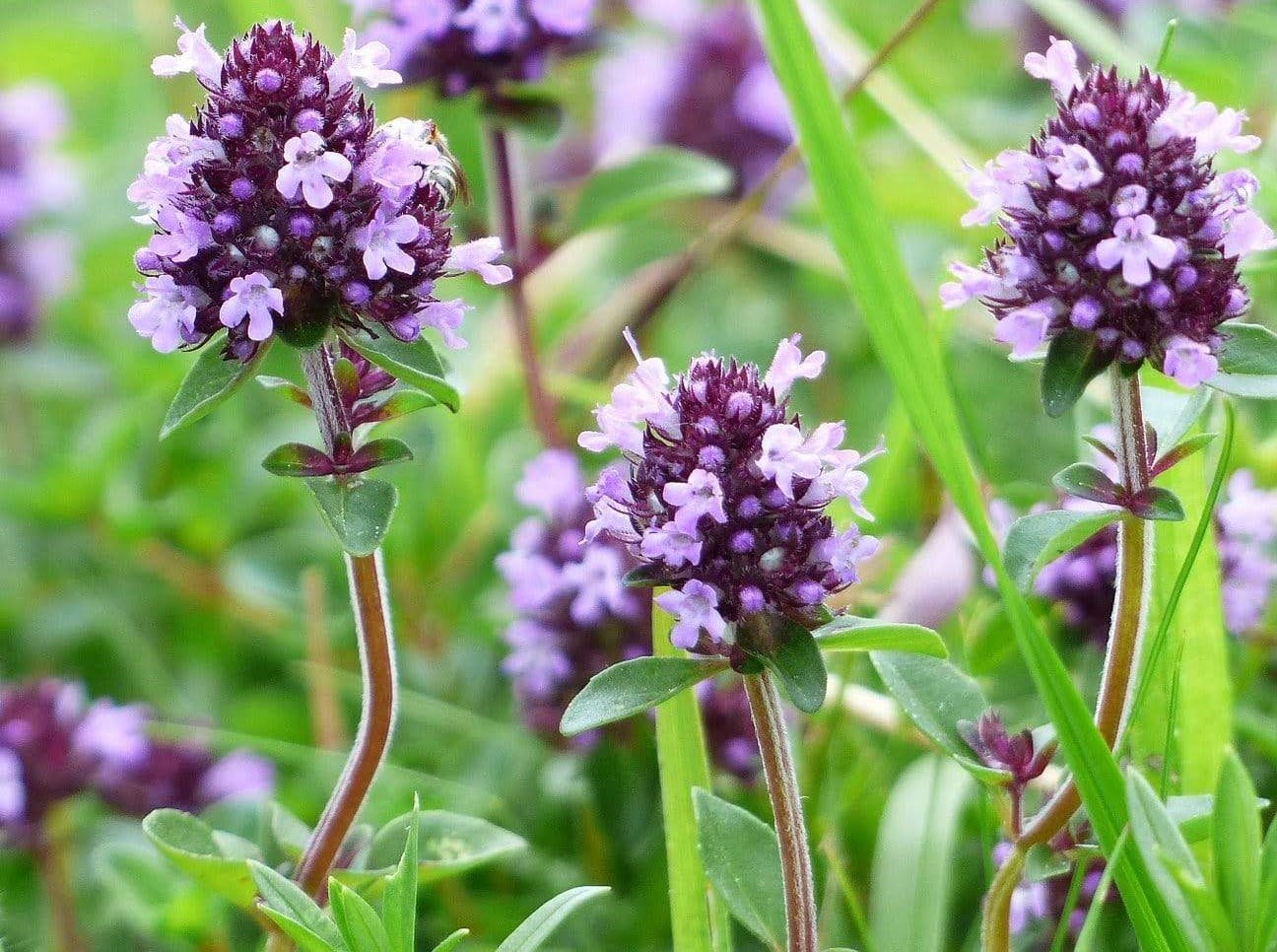

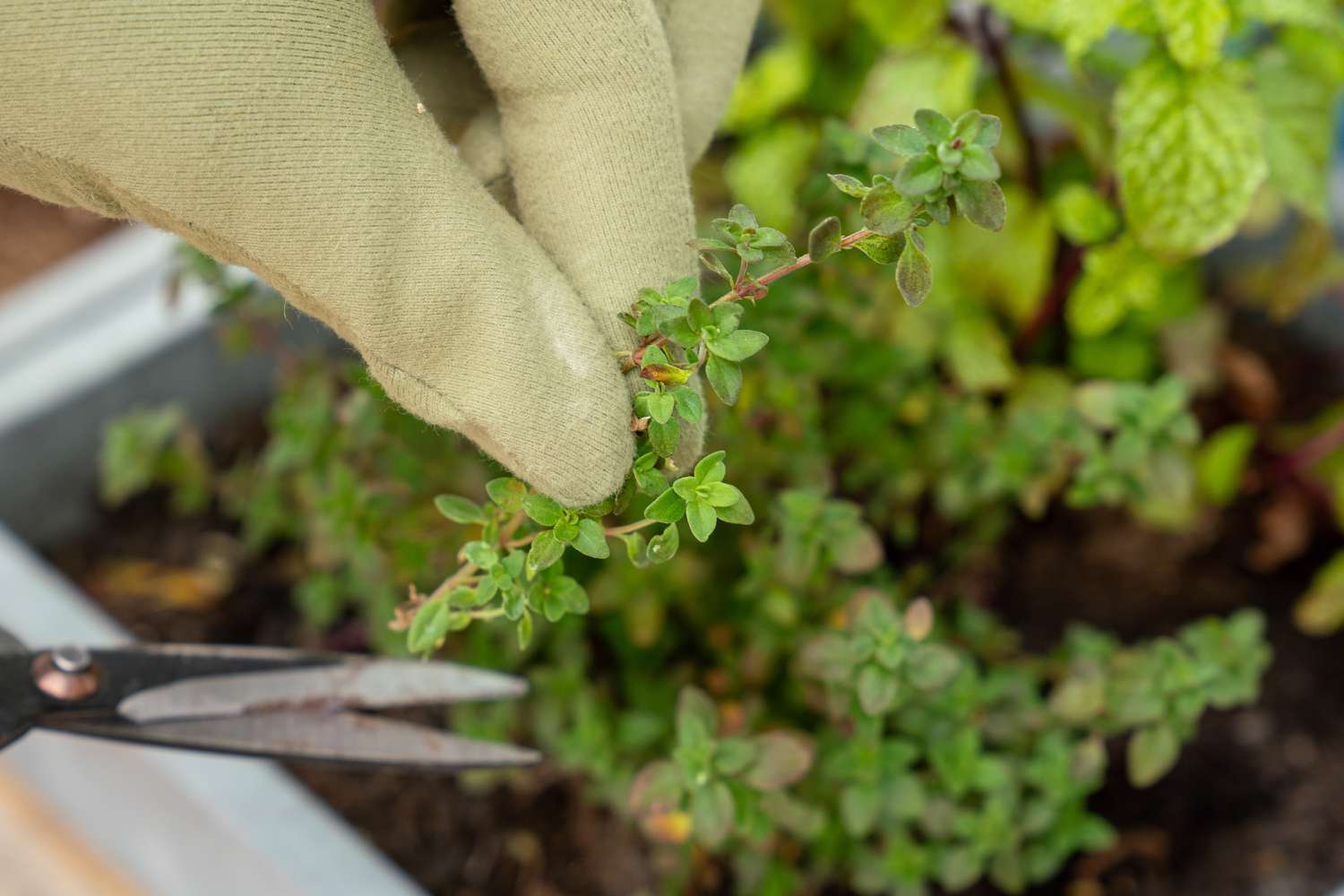
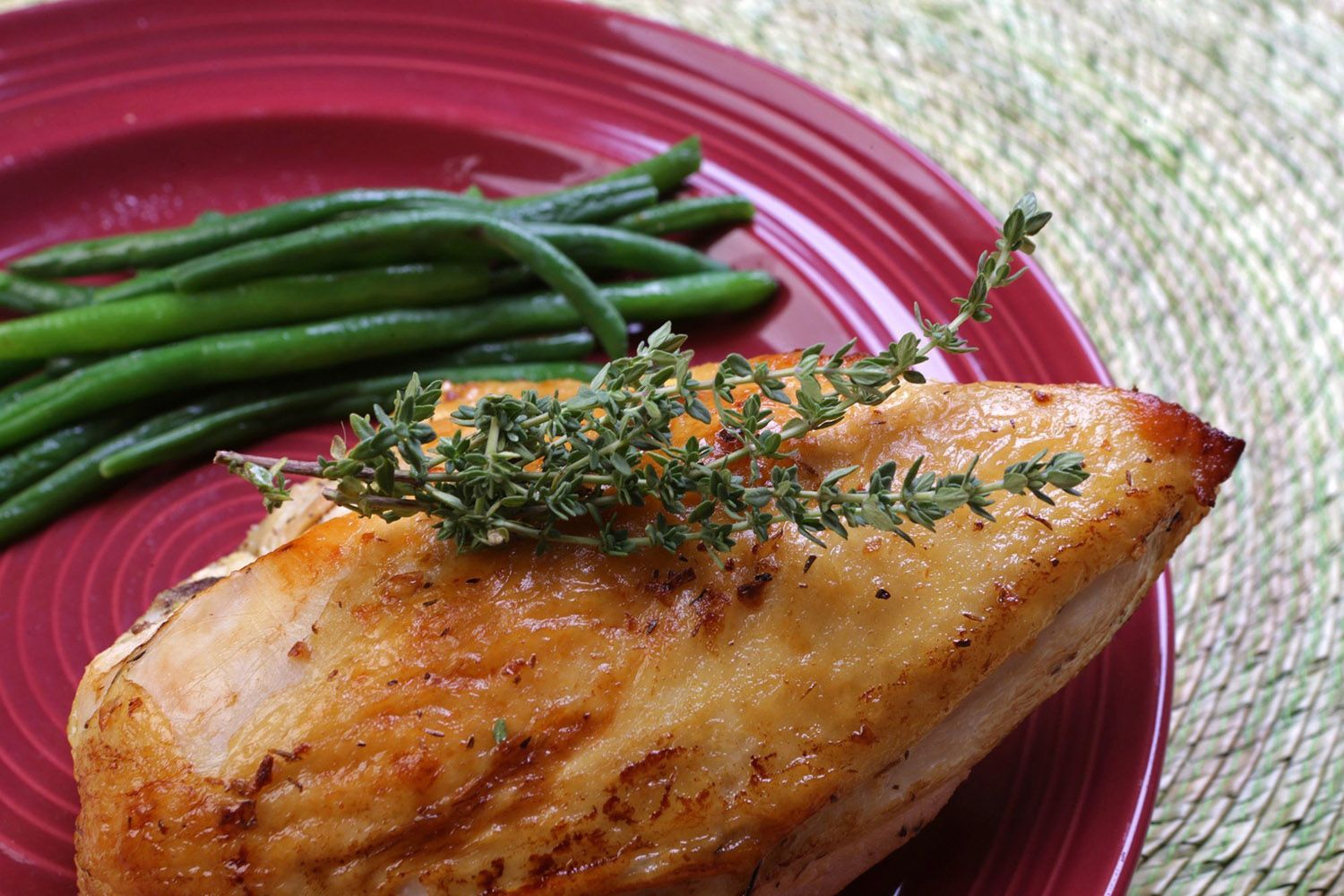
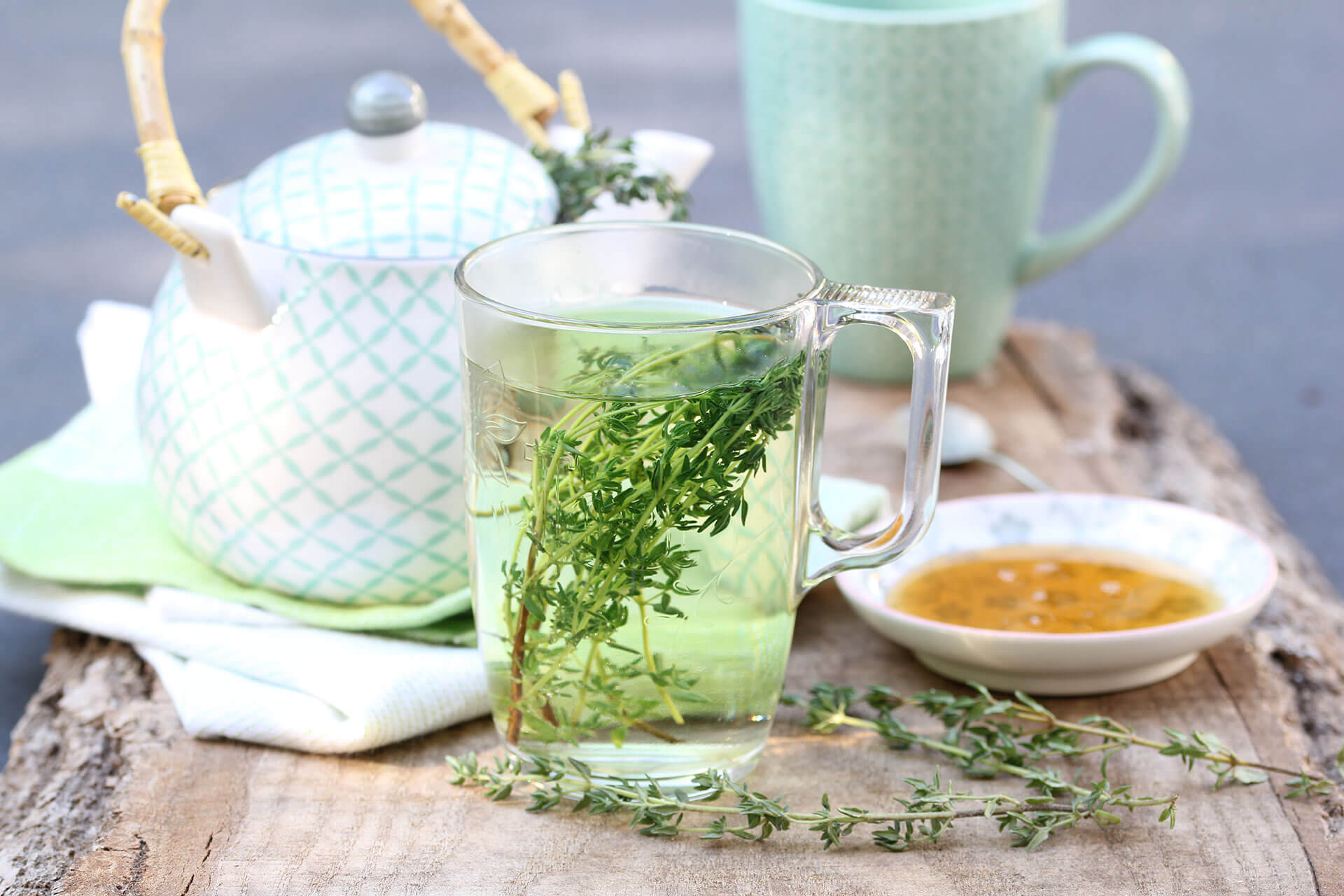
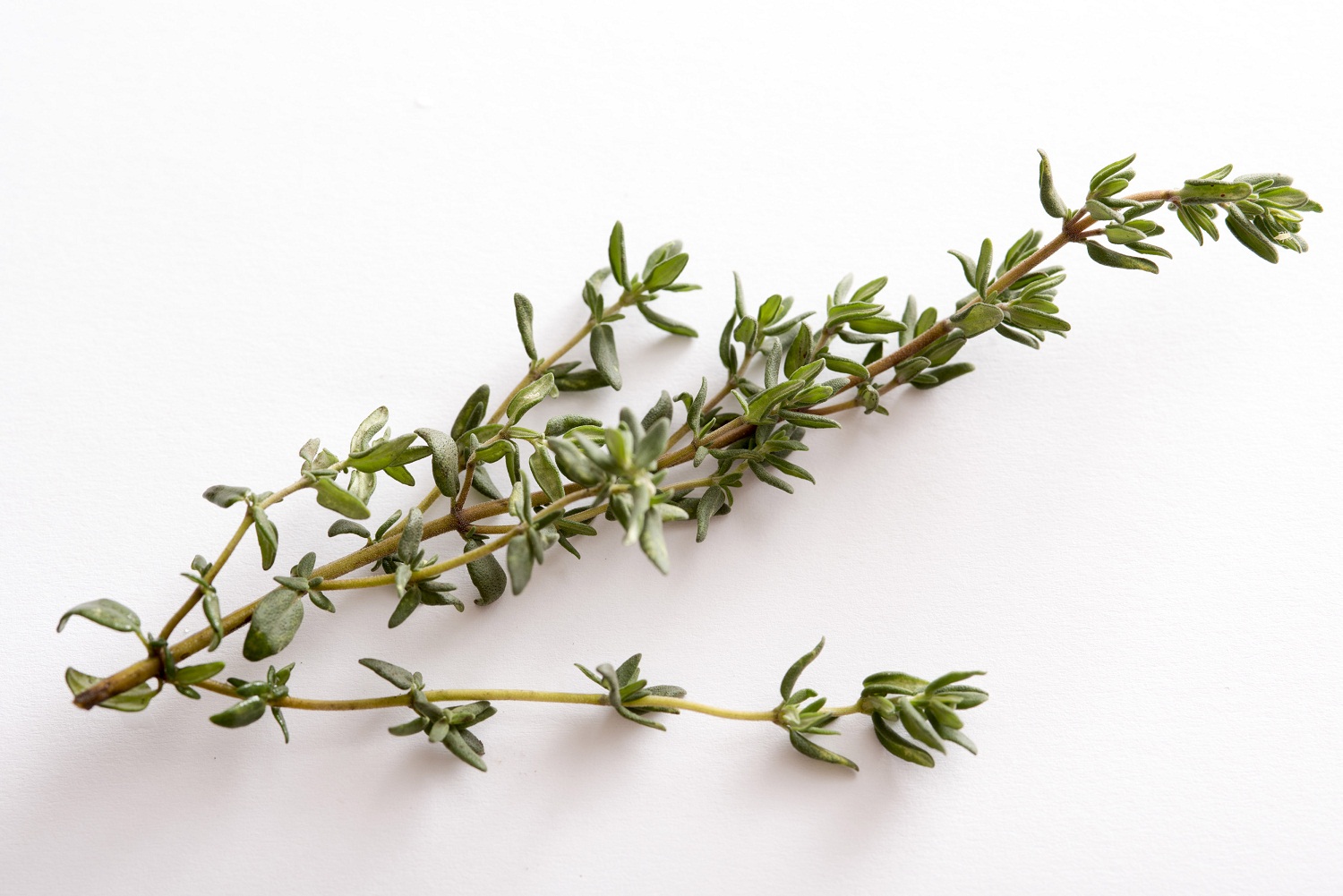
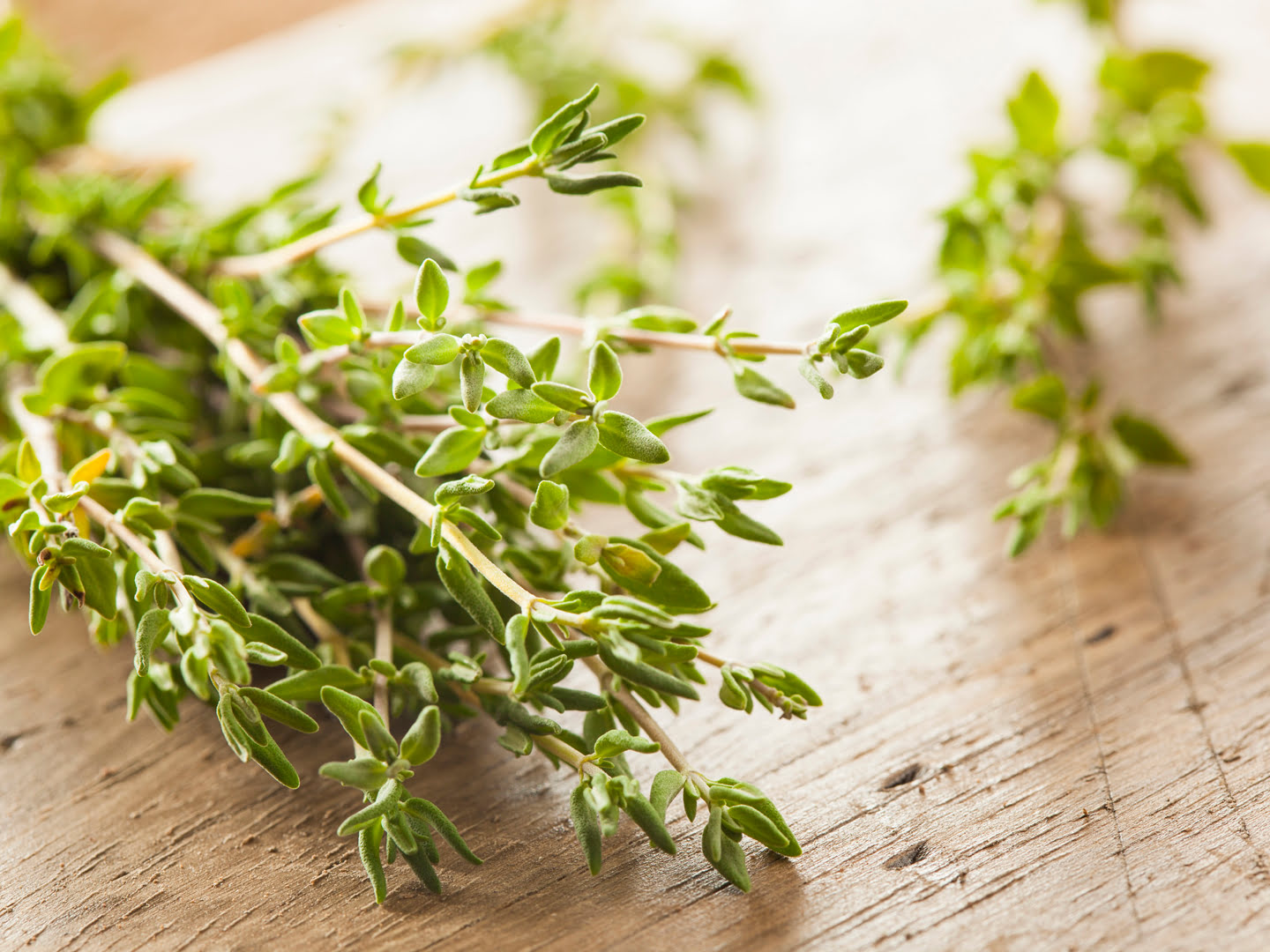
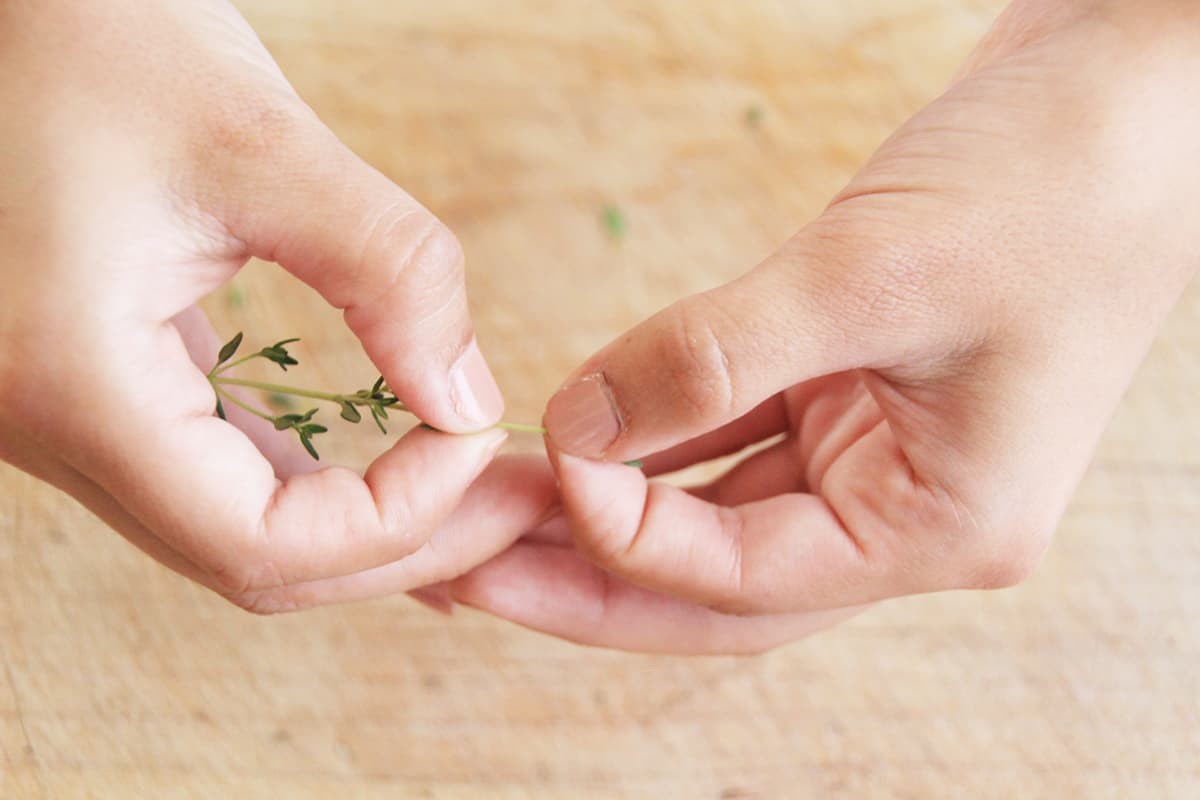
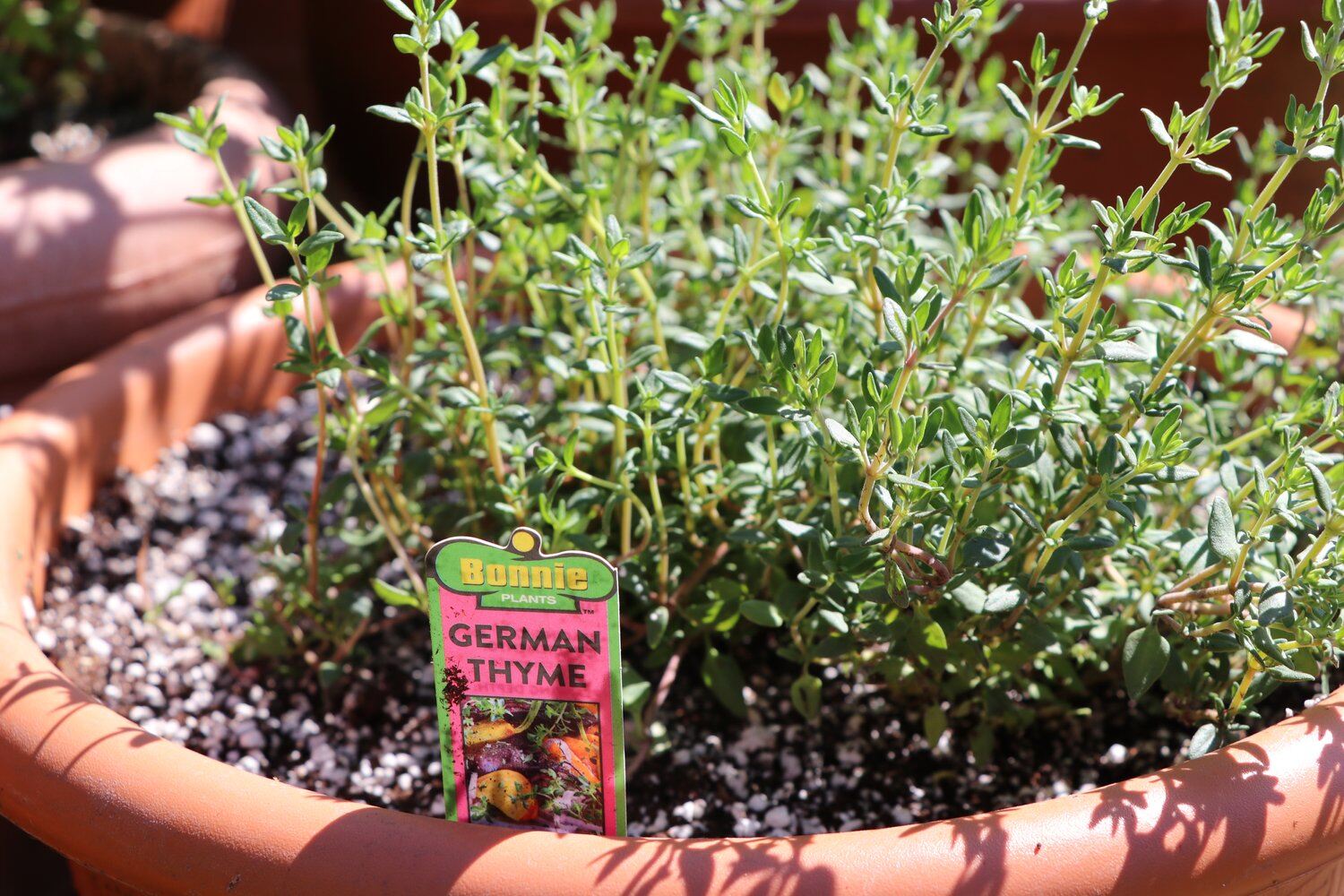
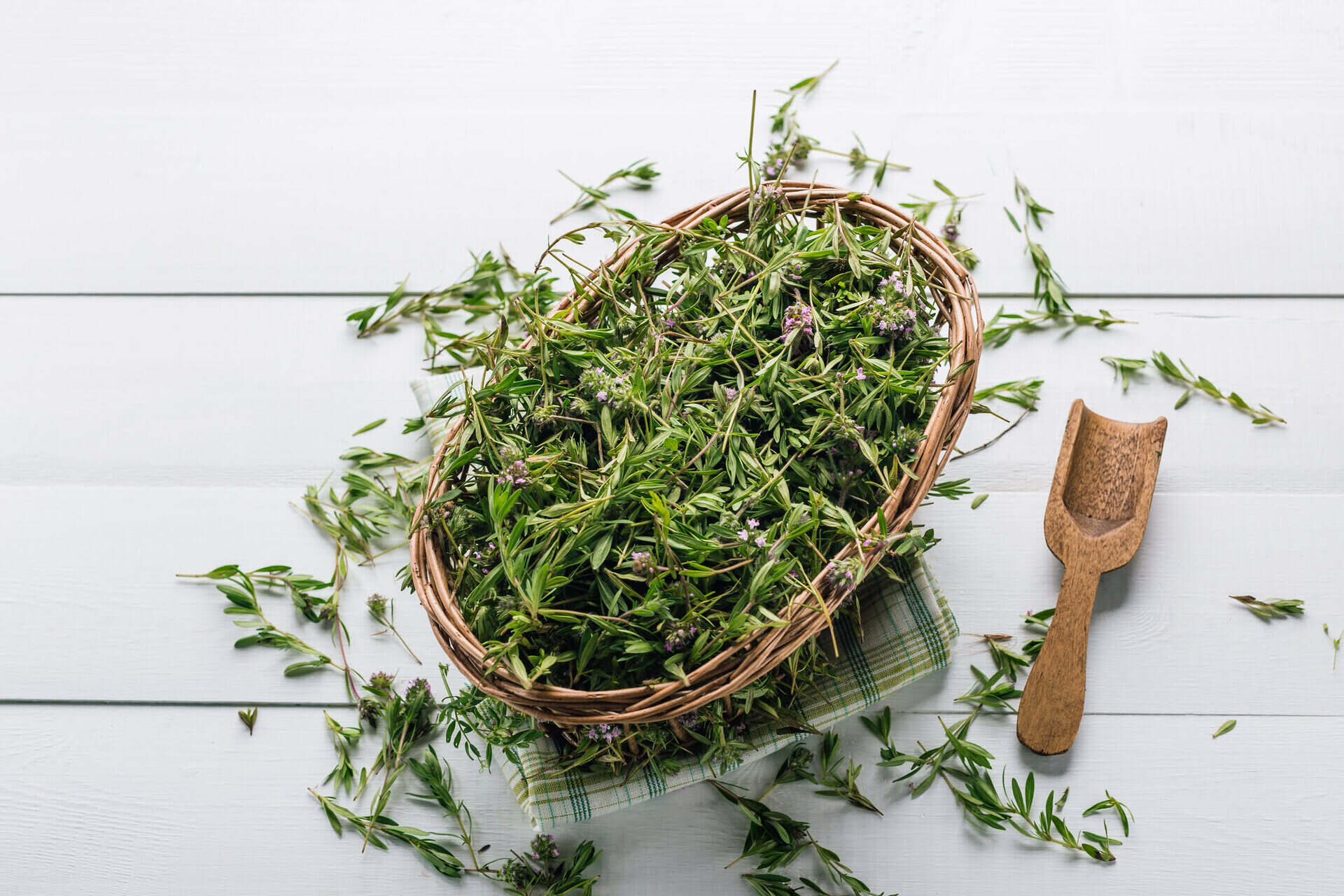
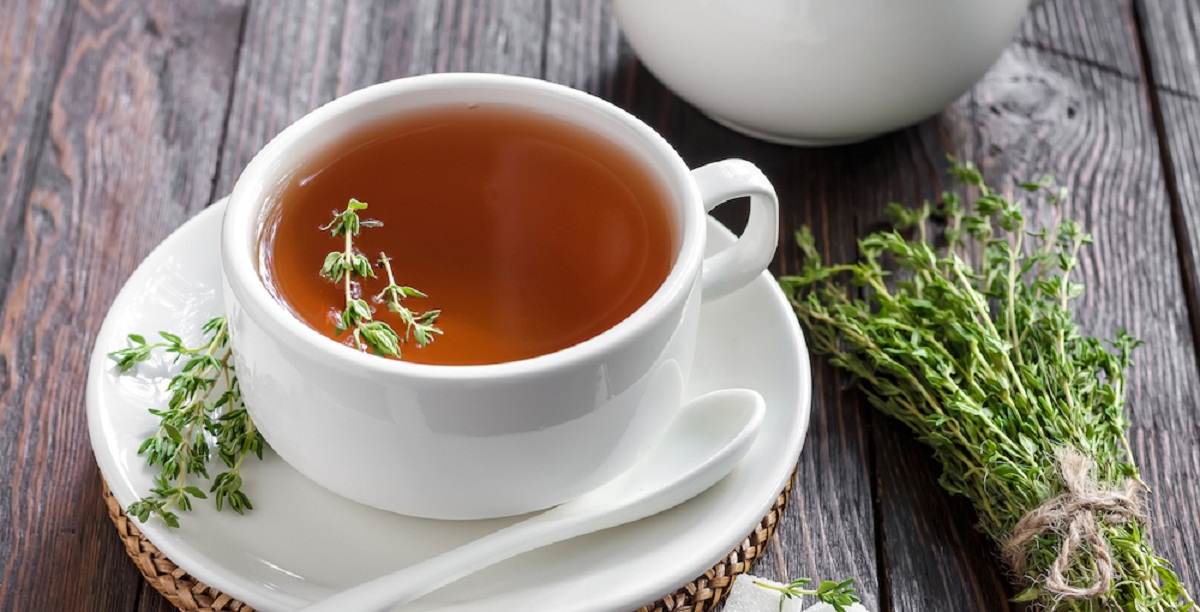
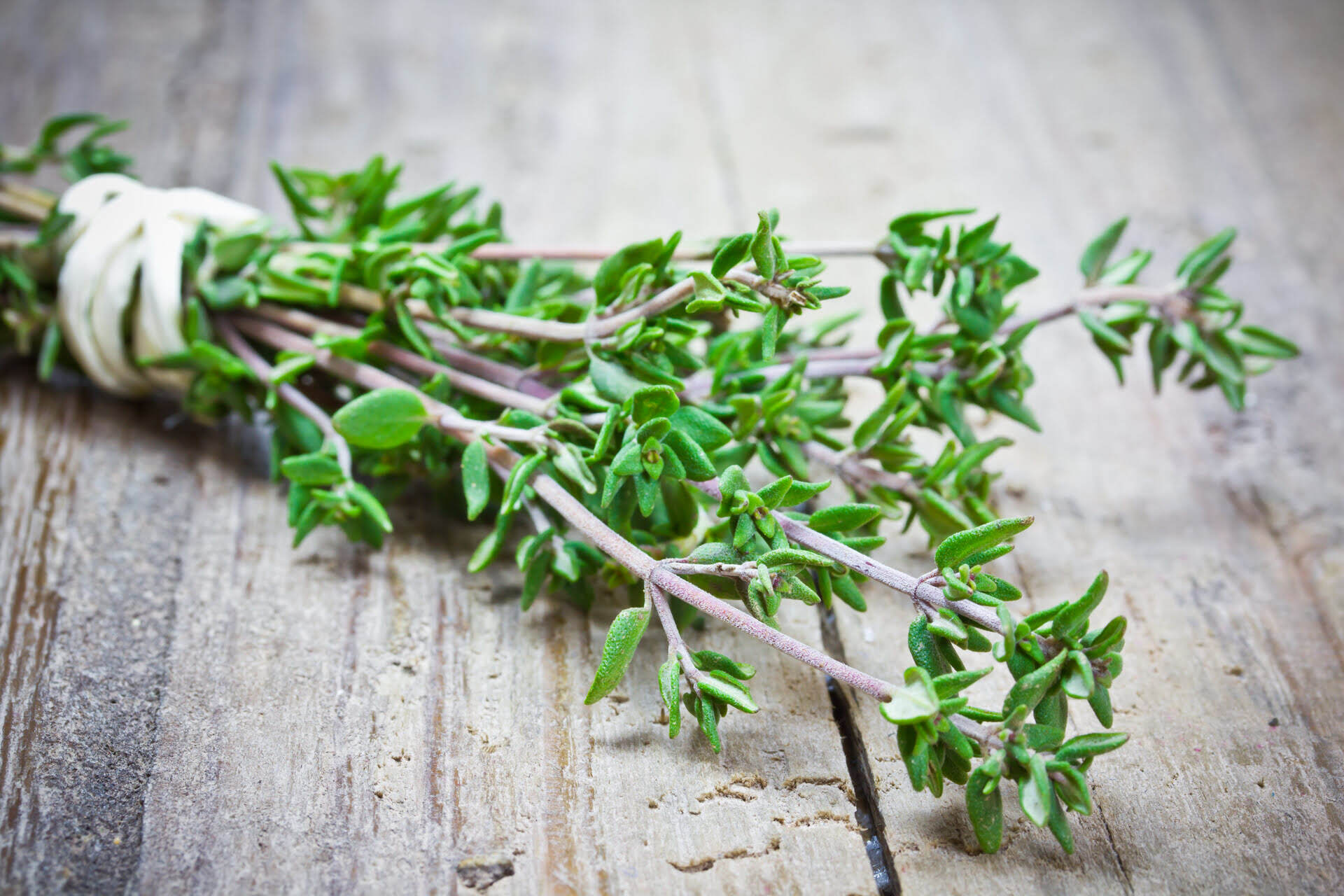
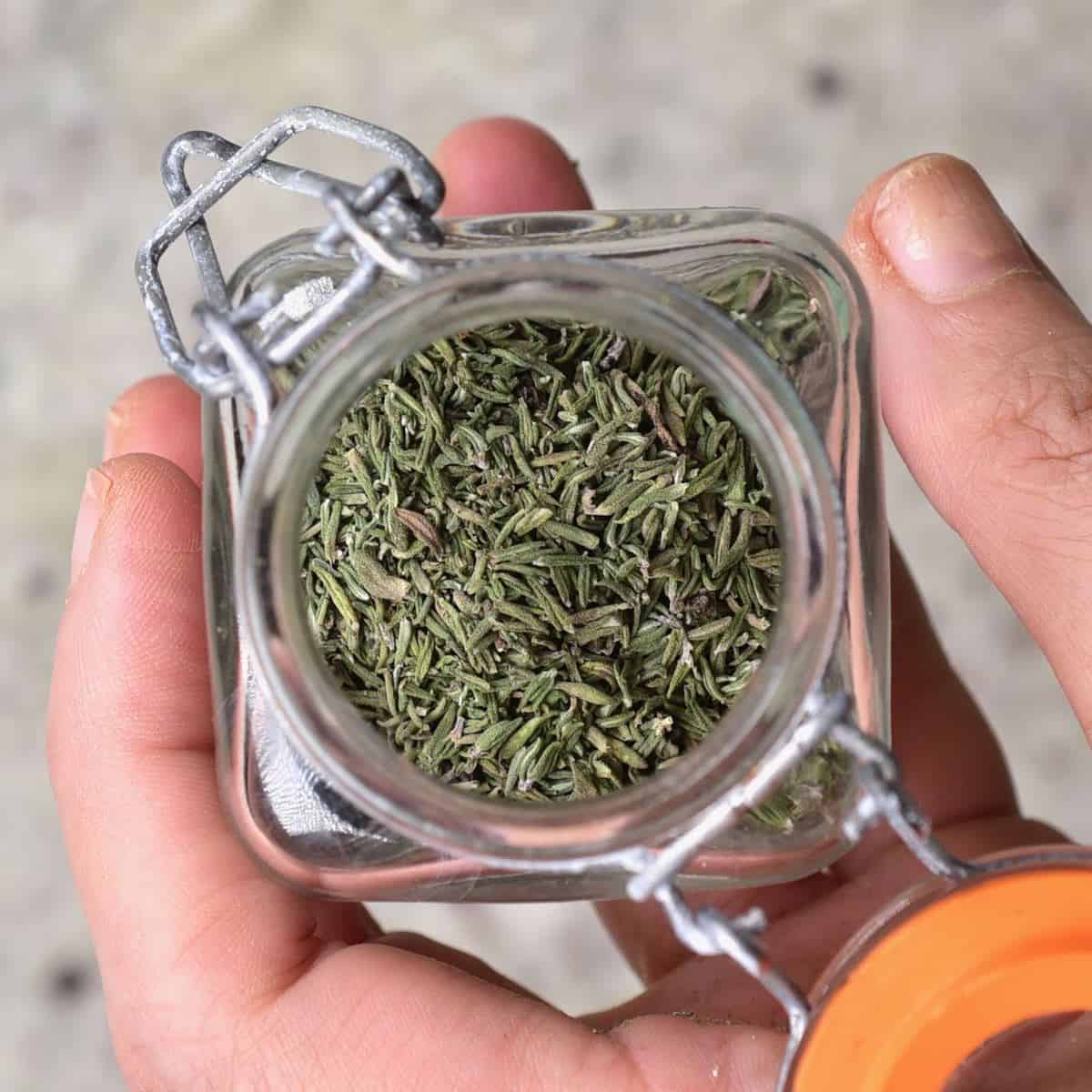

0 thoughts on “What To Do With Extra Thyme”